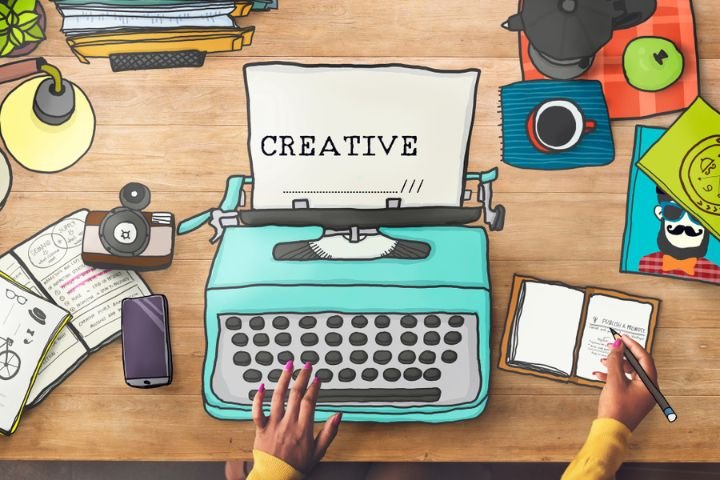3D animation involves creating digital objects that move and exist in a three-dimensional space. These objects are made on computers and appear to move, turn, and rotate like real objects, giving a full 360-degree view.
Originally, 3D animation was mainly used in video games, TV shows, and movies. An early example is Pixar’s “Toy Story.”
Today, 3D animation is used in many fields, from marketing to medical imaging. This article covers:
- What is 3D animation?
- Differences between 2D and 3D animation
- Uses of 3D animation
- The 3D animation process
- Benefits of 3D animation
What is 3D Animation?
3D animation creates moving three-dimensional images using computer software. Animators make objects look 3D even on a flat screen, making characters, products, or scenes appear to move through space.
Differences between 2D and 3D Animation
2D animation features flat images with only height (y-axis) and width (x-axis). Examples include old Disney movies like “Sleeping Beauty.” 3D animation adds depth (z-axis), making images look more realistic, like in “Frozen.”
Creating 2D animation involves drawing sequences on a flat plane. For 3D animation, animators use software to create models with depth and detail, then animate them.
Uses of 3D Animation
3D animation started in gaming, TV, and movies but is now used in many industries:
Television and Movies
3D animation brings characters to life in TV and movies, making them more engaging. Movies like “Frozen” show how 3D animation can make characters and scenes more dynamic and lifelike.
Gaming
3D animation enhances video games by making them more immersive. Games like “Horizon Zero Dawn” use 3D to make action scenes and characters more realistic.
Company Presentations
3D animations make presentations more engaging. They can visualize complex ideas and keep the audience’s attention.
Marketing
3D animation helps showcase products effectively, making ads more captivating. For instance, product demos can show all features in a realistic way.
Architecture and Design
Architects use 3D animation to create realistic renderings of buildings. This helps visualize projects before construction.
Prototyping
Companies use 3D animation with 3D printing to create prototypes. This saves time and money by allowing for adjustments before final production.
Medicine
Medical professionals use 3D animation for teaching and demonstrating procedures. It helps explain complex concepts to patients and can make treatments less intimidating.
Simulations
3D animations are used in simulations for training purposes, providing realistic scenarios for learning.
The 3D Animation Process
Creating 3D animation involves several steps:
- Modeling: Creating 3D objects using software, adding details like color and texture.
- Layout and Animation: Animating the objects using techniques like keyframes or motion capture.
- Rendering: Exporting the final animation with adjustments to lighting, shadows, and other details.
Benefits of 3D Animation
3D animation offers several advantages:
- User Engagement: More lifelike imagery keeps viewers interested.
- Larger Audience Attraction: Appeals to a wide range of people and can be showcased on large screens.
- Effective Communication: Clear, detailed visuals enhance understanding and emotional connection.
- Branding: Modern and detailed 3D animations can improve a brand’s image.
Contact J Cut Productions for Your Animation Needs!
For top-quality 2D and 3D animation services in Dubai, contact J Cut Productions. We provide a wide range of animation and video production services to meet all your needs. Boost your brand and engage your audience with our expert animations!

